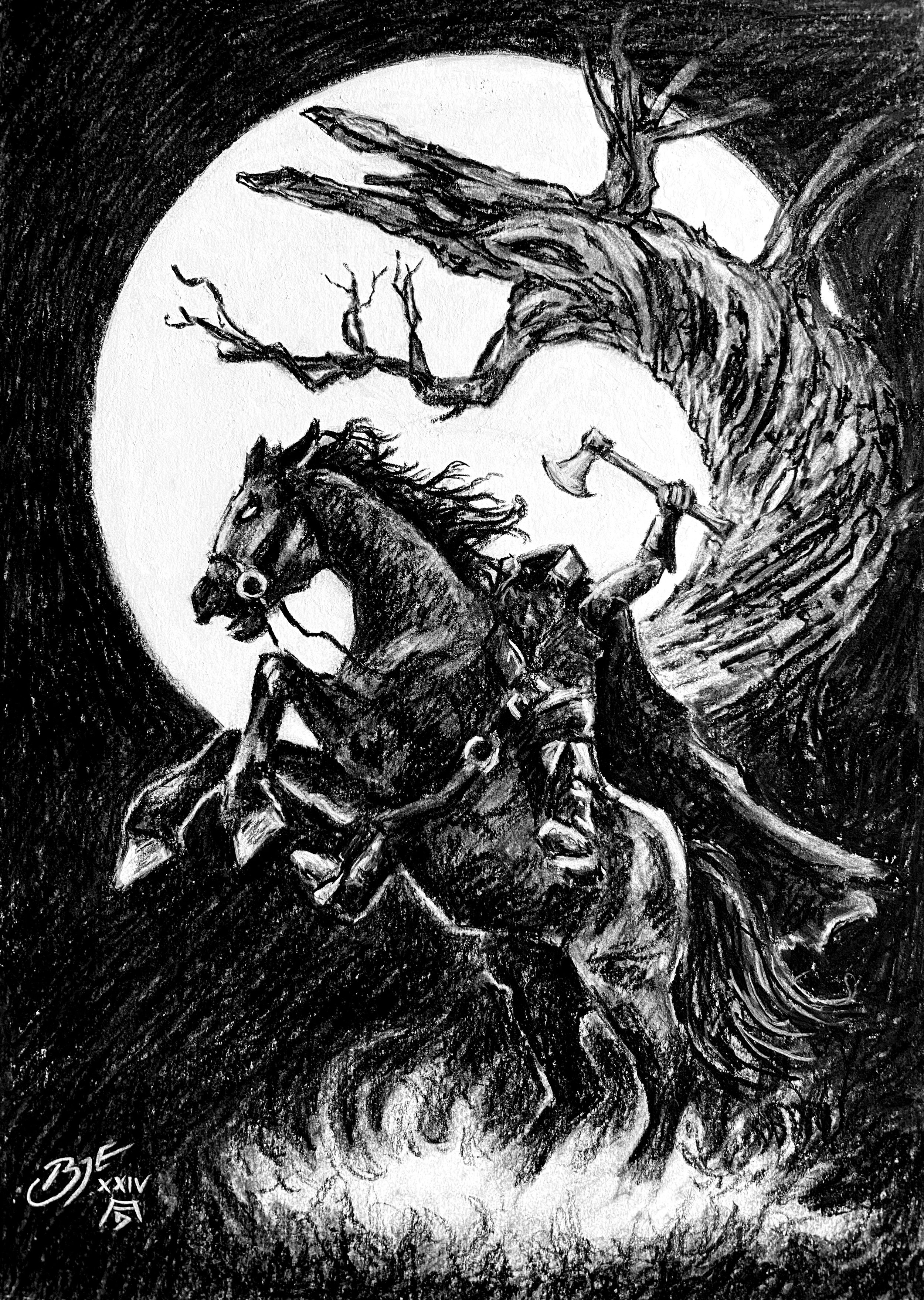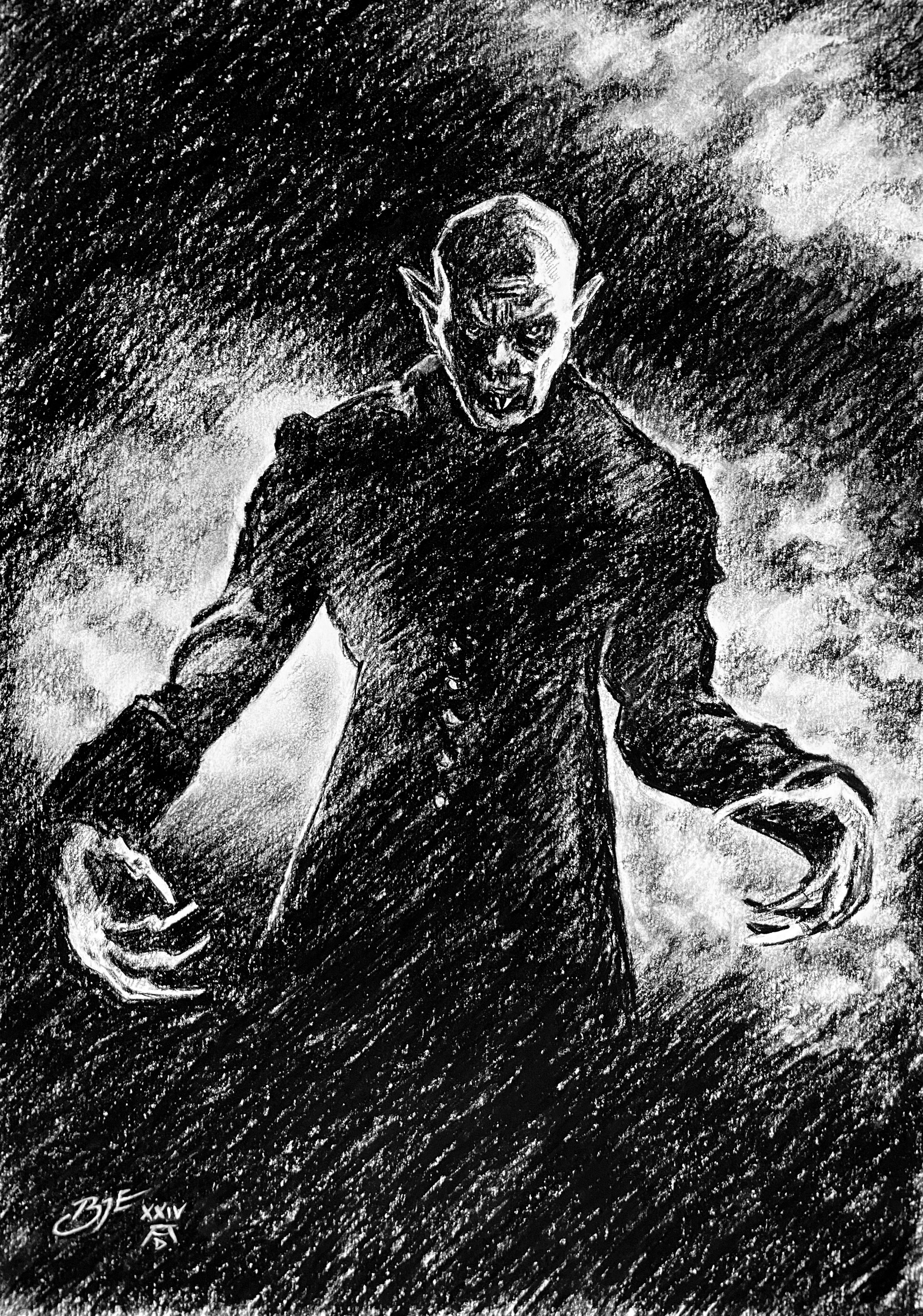Vampyr (1932)
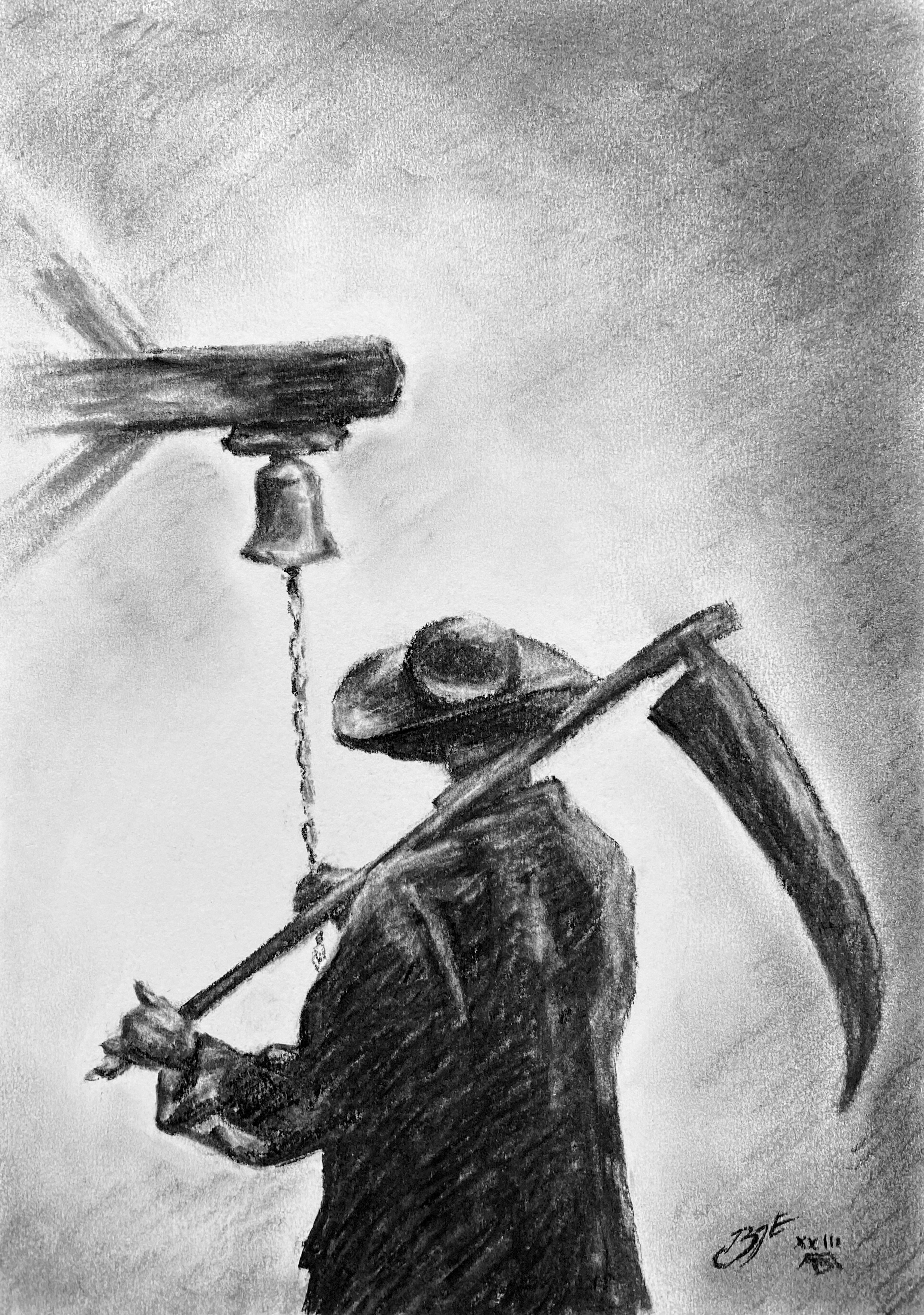
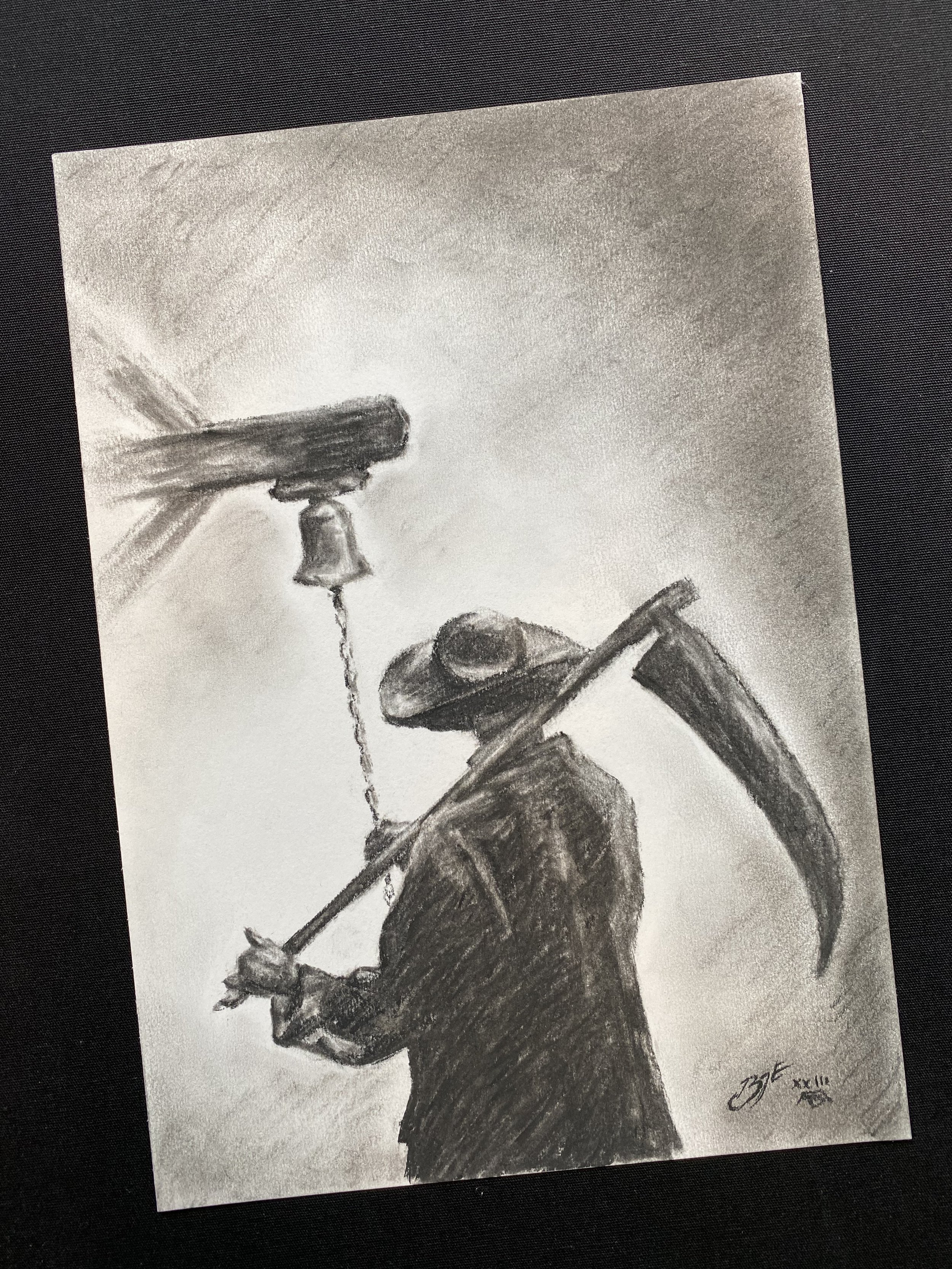
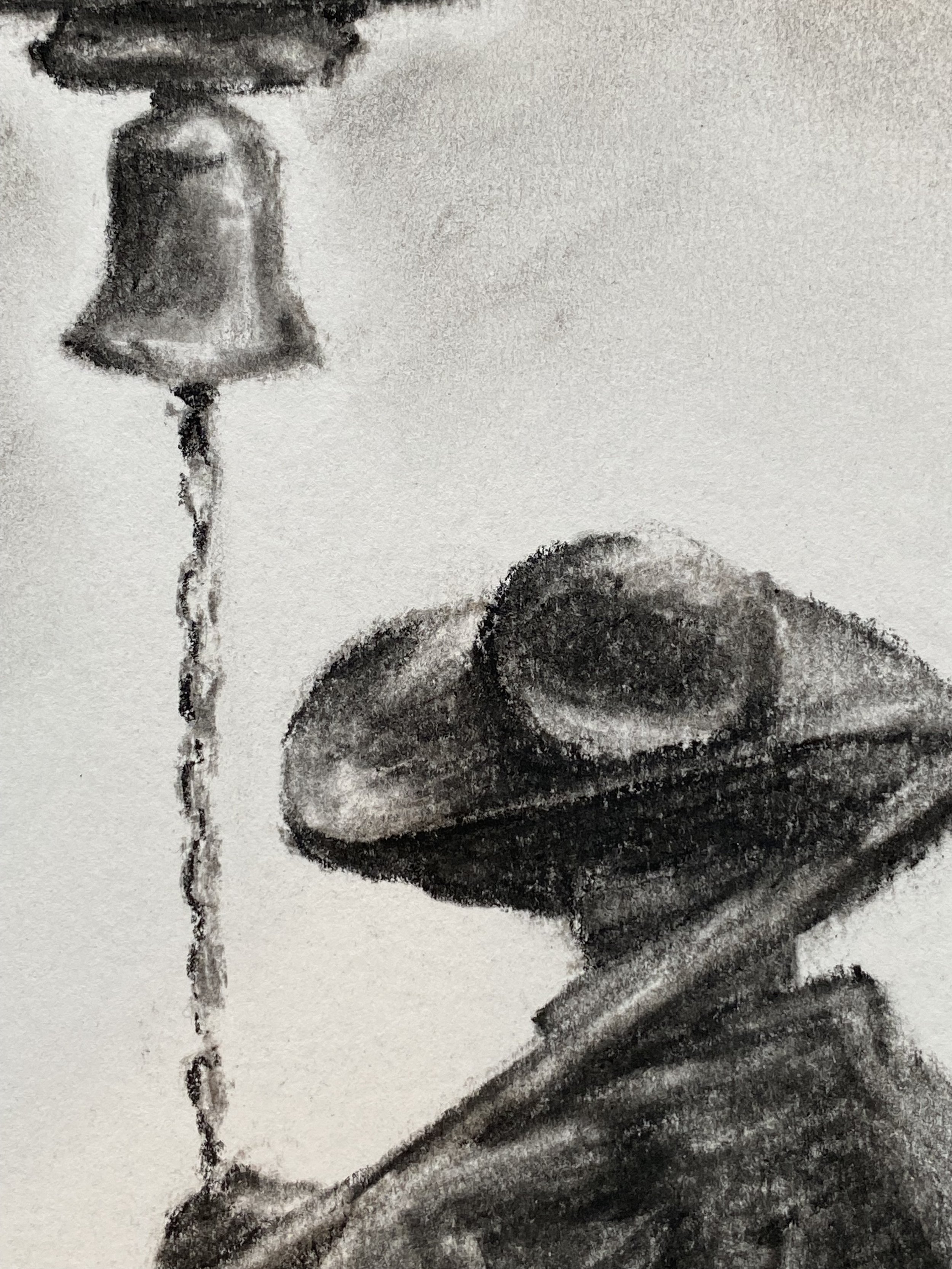



Vampyr (1932)
Directed by Carl Theodor Dreyer / Screenplay by Carl Theodor Dreyer and Christen Jul
Europe - and in particular Germany - can lay claim to being the birthplace of the horror film, thanks to the trailblazing Expressionist pictures of the silent era, among them The Cabinet of Dr Caligari (1920), The Golem (1920) and Nosferatu (1922). Even after Hollywood caught up, the genre continued to thrive on this side of the Atlantic, with sensibilities that remained uniquely European. One such film was 1932’s Vampyr, loosely based on the stories of Sheridan Le Fanu. It was something of a pan-European enterprise: shot on location in France, with post-production in Germany, its director was the Danish filmmaker Carl Theodor Dreyer, whose 1928 silent The Passion of Joan of Arc is regarded as his masterpiece. With no studio backing for Vampyr, Dreyer was forced to use a largely non-professional cast; and the shoot, when it began, was plagued by setbacks. Somehow Dreyer managed to turn every challenge to his advantage, and the film that emerged is renowned for its unsettling performances and disorienting visual effects. When some early footage returned from the developer blurred and fuzzy, Dreyer decided that this was precisely the dreamlike effect he wanted, and he shot the remainder of the film through sheets of gauze. The scripted climax had the village doctor drowning in a swamp, but when Dreyer stumbled upon an old mill-house, he fell in love with the location and changed the ending to have the doctor engulfed instead by an avalanche of flour: a suitably bizarre ending to a vividly strange film bristling with ghostly visitations, out-of-body experiences, and a truly malevolent old vampire.
Framed Dimensions: 308mm x 404mm (Unframed: 297mm x 210mm)
Charcoal on 220gsm Daler Rowney smooth paper
Glazed, mounted and framed
Supplied with signed letter of authenticity from Barnaby.
Please note, this is the original artwork by Barnaby. It is unique and not a reproduction.
